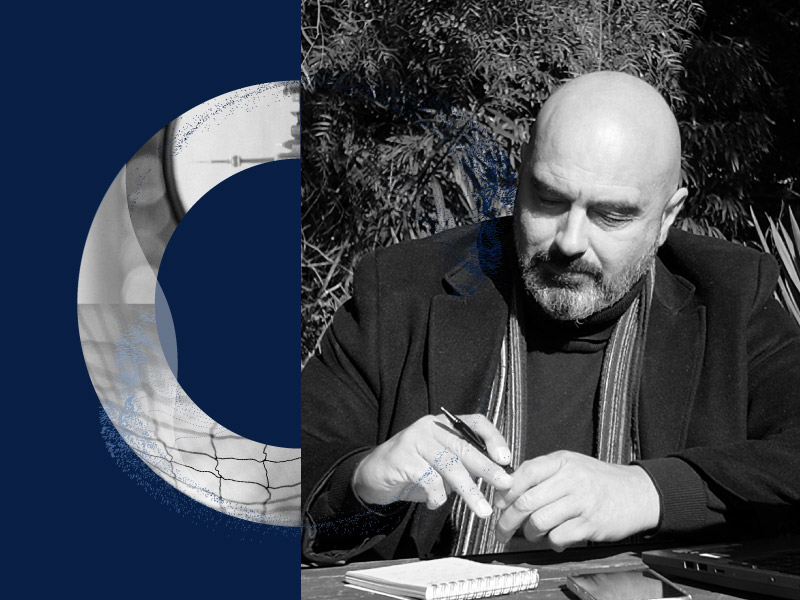The Improper Point of Real Estate Development:
Redefining the Value of the Square Meter



Reading time: 2 minutes.
Publication date: 11/12/2024.
In projective geometry, an "improper point" is where parallel lines, which never intersect in Euclidean geometry, meet at infinity. This concept extends traditional boundaries and gives meaning to what might seem unreachable under conventional rules.
In real estate development, the value of the square meter is more than a numerical figure. There’s often a gap between what developers and end users expect: developers focus on efficiency and profitability through a technical, financial lens, while end users prioritize the quality of life the spaces will offer. For one, it’s about optimization; for the other, well-being.
This tension, where expectations diverge, creates what we can call the "improper point" of Real Estate development.
How can a new model bridge the gap and balance the needs of both parties?
Reinventing Common Spaces.
To maximize profits, developers often reduce common areas, increasing sellable square meters and enhancing the perception of livable space. Over time, as competition grew, "amenities" began occupying unsellable areas, creating a competitive edge by expanding the habitable experience beyond private units.
The concept of amenities marked a turning point in real estate: what started as an "extra" quickly became essential. Gyms, event rooms, pools, and recreational areas began playing a larger role in defining the value of a square meter.
By incorporating amenities, developers added value without increasing private space, making efficient use of land while offering a more complete lifestyle. However, this approach introduced a new challenge: at what point do amenities become less of an added value and more of an unnecessary cost for users who may not want or need them?
To resolve this, common spaces must move beyond marketing appeal and offer strategic value for both the user and the project. Properly designed, they are no longer just an additional cost but an investment that enhances both returns for developers and the living experience for end users. When created with both in mind, they become an asset that improves quality of life and boosts a project’s competitiveness—ushering in a new focus: mixed-use developments.
The Improper Point.
In mixed-use developments, the interests of developers and end users converge, reshaping the growing value of the square meter. These projects integrate efficiency with experience, balancing economic gains with human-centered design. Common spaces become critical assets, fostering community and interaction.
Designed to be flexible and dynamic, these areas meet the evolving needs of residents, allowing for work, socializing, or relaxation in adaptable environments. This creates a holistic living experience that not only serves today’s needs but anticipates future demands.
These developments act as community hubs, bringing people together and becoming focal points of social life. Mixed-use projects have also driven new business models, offering short- and long-term rentals with flexibility to meet diverse user profiles. Traditional amenities have evolved into professional services, enhancing the overall experience and benefiting all stakeholders.
In constant dialogue with their surroundings, these projects generate synergies that boost property values and open new business opportunities. This aligns with the concept of the "15-minute city," where daily needs can be met in nearby, easily accessible spaces.
A New Equation.
Mixed-use developments represent a convergence of private and shared spaces, transforming space into more than a unit of measurement. It becomes a living asset that enriches both the daily lives of residents and the urban fabric. At this improper point, we can bridge the gap between end users and developers, balancing benefits for everyone involved.
The value of the square meter is no longer a simple financial transaction; it is redefined as a strategic approach that enhances the living experience and creates a positive impact for both developers and end users.
Recommended reading: Thrift, N. (2005). Knowing Capitalism. Sage Publications.





